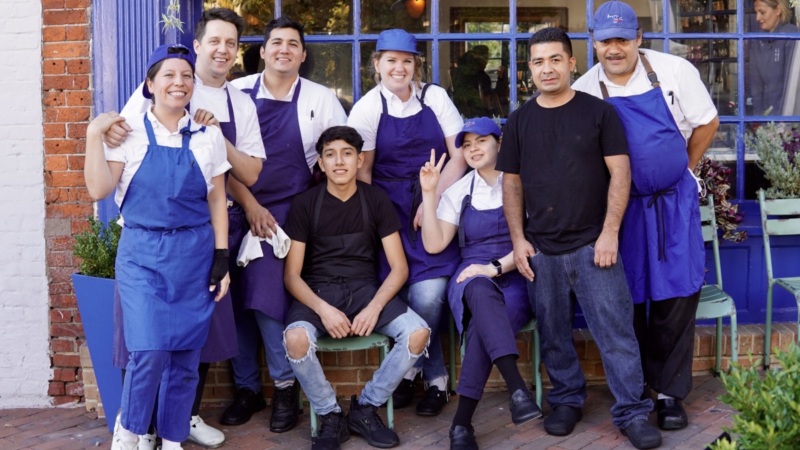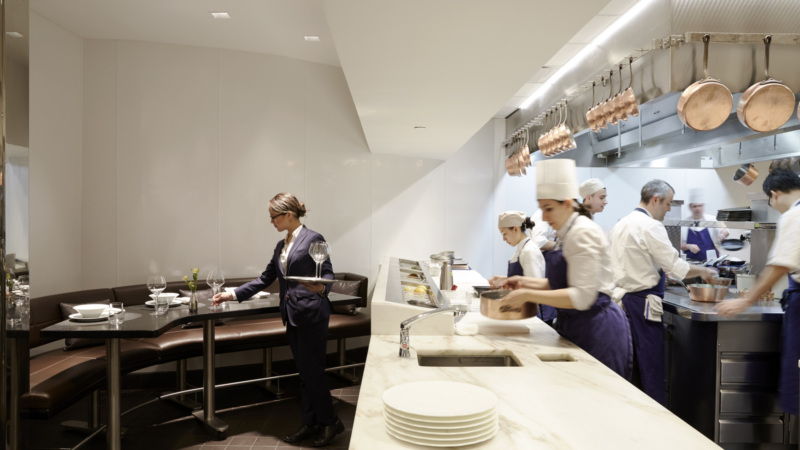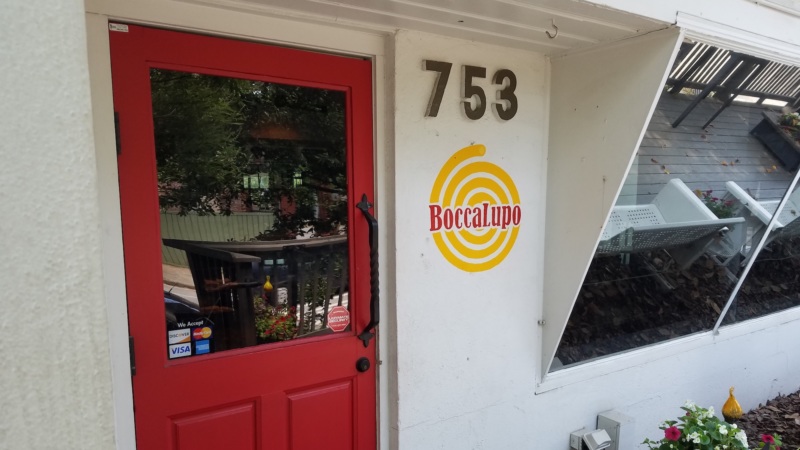

How to Handle Restaurant Reviews
Everyone’s a critic. While in some markets it can still take a local food writer up to a month after your grand opening to publish a well-researched review in the newspaper, that’s no longer the case in many places. Today, guests have multiple avenues to provide feedback from the moment you open your doors.
My 15 years working in the restaurant industry in Chicago includes managing a $10M-a-year restaurant, owning and operating a 48-seat tapas spot with my husband, and most recently working as a restaurant consultant. Throughout these experiences, one of the biggest changes I’ve witnessed firsthand is how the review game has changed dramatically in just the last five years with the rise of social media (more on that in our post about Instagram for restaurants).
Through the years, I’ve learned online review management is integral to both restaurant marketing and operations, and should not be overlooked or underestimated. As a restaurant owner, it’s in your best interest to engage in feedback, check your ego at the door, and learn how to use criticism to your advantage. With that in mind, let’s dispel some common myths about restaurant reviews.
MYTH: You don’t have the time.
FACT: You can incorporate review management into your day-to-day in bite-sized pieces.
Guests are actively researching and reading up about your restaurant before they even walk in the door. Reviews play a major role in the selection process and you can’t afford not to engage. The key to review management is setting up an efficient protocol and sticking to it. I recommend designating a manager to own reading, responding, and sharing feedback from the reviews on the channels that impact your restaurant the most. They should spend about 20 minutes every other day to scan the review sites and reply to your guests. Issues should be addressed within 48 hours, so it’s important to work review management into your day-to-day. Take relevant information with you to pre-shift, share actionable feedback, and give praise when it is due.
MYTH: You should only reply to negative reviews.
FACT: You should reply to every review (with a clear head and a full stomach!).
Replying to all your reviews shows your guests that you’re listening. It builds loyalty and strengthens the connection between you and your brand voice. Your response shows dedication to the guest experience and appreciation for their business and time. For negative reviews, replying is an opportunity for recovery and winning back new guests.
Set up basic templates that address both positive and negative feedback as well as common questions. Use these only as a starting point, since each review should be personalized and tailored to the comment. Always read the review in its entirety before responding and use the guest’s feedback to inform your reply. Guests can spot a copy-and-paste job a mile away.
To personalize your reply, address the reviewer by name and respond to any specific feedback mentioned in their review. I suggest doing this on a full stomach — a hangry manager seeing criticism through a foggy lens is not the best for interacting with guests online.
Here are some examples to get you started:
“We’re so happy to hear you enjoyed your time with us, Sally! Thank you for coming in and taking the time to share your experience. Hope to welcome you in again soon!”
“Thanks for sharing, Jeremy! We appreciate honest feedback and it can definitely get crowded by the bar on the weekend. Being a small restaurant, we do our best to make sure everyone is comfortable and will be more conscious going forward. Glad to hear your server gave great recommendations and you enjoyed the entrees!“
MYTH: All review sites are created equal.
FACT: Certain review sites will resonate more with your clientele and deserve the bulk of your attention.
When going through reviews from different platforms, consider the source. There are somany channels for guests to leave reviews; Google, TripAdvisor, Yelp, Facebook and even personal social media accounts. It can be a lot to sift through. As you develop your review management protocol, analyze each platform and take note of the total number of reviews and their sources. The popularity of different platforms can ebb and flow along with the rest of the social media landscape, so keeping an eye on the trends can help prevent you from missing out on important feedback.
Each site has its general demographic. TripAdvisor is popular with tourists, especially internationally, so if you’re in a major city with lots of visitors from overseas, make sure to add TripAdvisor to your list. Facebook tends to skew towards an older clientele, while Instagram is the platform favored by younger diners.
For Instagram, make sure to turn on your @mention notifications. This way, you’ll be alerted when someone posts about your restaurant and tags you in their photo or comment. This is a great opportunity to establish a personal connection with your guest.
If your restaurant uses Resy, the only people who can submit a review are those that have dined at your restaurant, so you won’t see random postings from online trolls. Resy feedback is emailed to you every morning instead of being posted on the internet for all to see. There are enough places online for guests to share their thoughts, and Resy doesn’t want to add to the noise. If you opt-in to Resy Surveys, you can get all of your ratings in one place in the dashboard.


MYTH: Soliciting guest reviews is tacky.
FACT: Your most captive audience are the guests in your restaurant.
Asking for guest feedback is one of the best marketing opportunities, especially when your diners are still in the restaurant. That said, it’s important to create an environment where your guests feel comfortable sharing their thoughts in the moment, rather than waiting to post it days or even weeks later.
Being proactive about feedback rather than reactive often lends itself to more specific and useful information. Train your team to check in with the guest periodically throughout the meal, like when they are waiting for dessert or coat check. You can also add a small note to the bottom of your receipts that encourages guests to complete your Resy survey or to reach out via social media to share feedback.
Even in the smoothest service, sometimes asking guests to give a review can feel uncomfortable or gimmicky. Resy takes any awkwardness out of it and does this on your behalf with guest review software. It is very similar to a classic comment card: A few hours after their reservation is complete, guests are sent an email asking them to share their experience by awarding 1-5 stars and leaving a comment. On the backend, you can see exactly what time the party was seated, its table number, its server’s name, and more. As I mentioned earlier, you’ll get their feedback the next morning in your email, ready for your thoughtful and personalized replies!
Resy Pro Tips:
- Check your ego at the door
- Visit your restaurant’s page on all the review sites and choose the ones that resonate with your restaurant
- Determine an online review procedure and stick to it, work review management into your day to day
- Designate one manager or trusted employee to manage reading, replying and sharing feedback from the review
- Create templates but never copy + paste
- Eat lunch first
*Opinions and views in articles shared on Resy OS are presented for the purpose of discussion and commentary on topics of interest in the restaurant industry; they should not be viewed as substitutes for advice given by professionally engaged business consultants and advisors.
Discover More















